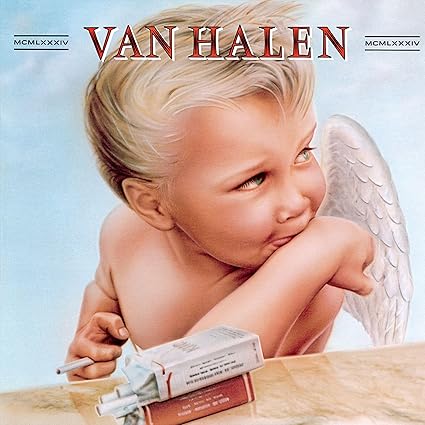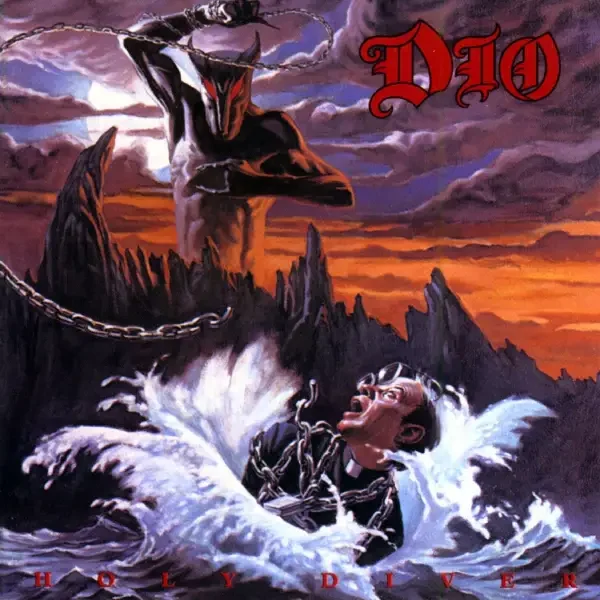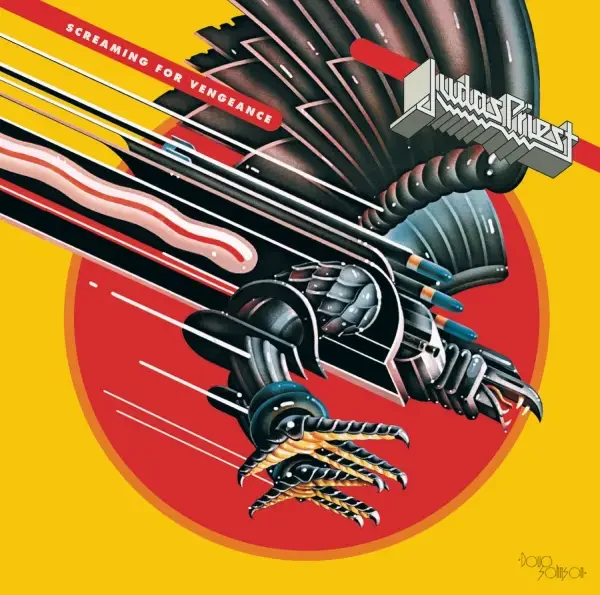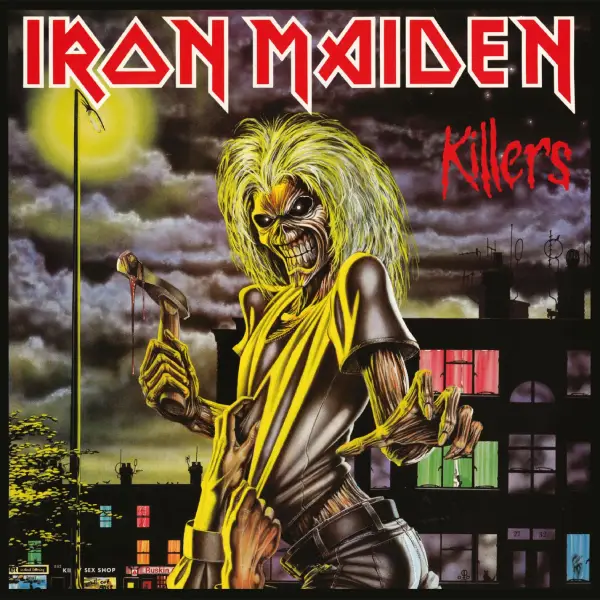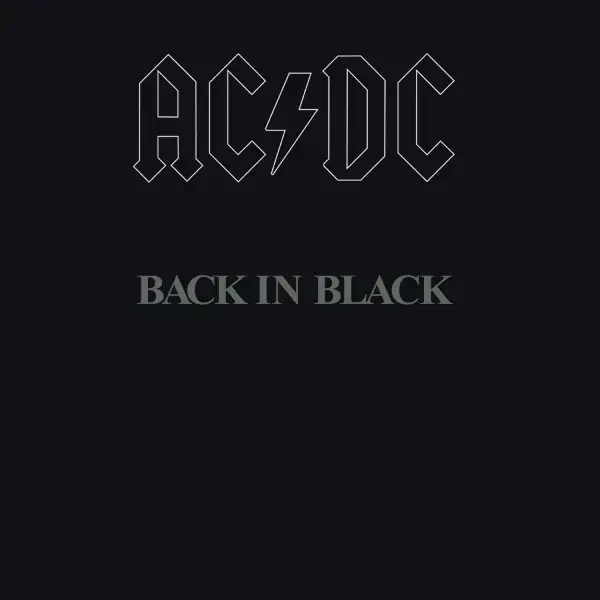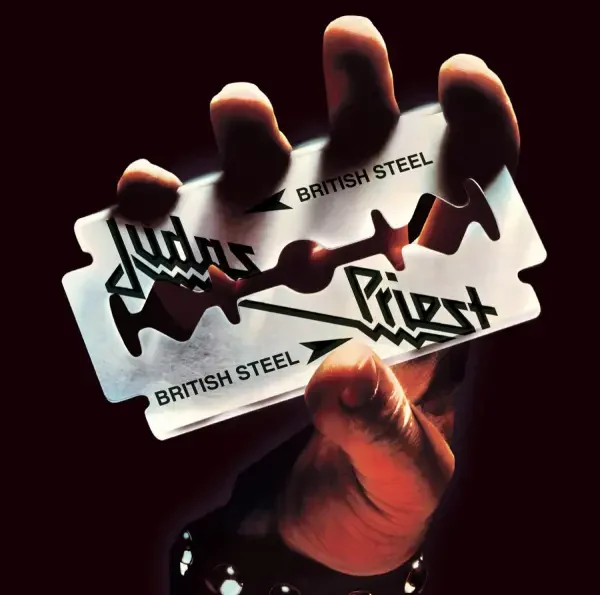Van Halen – 1984
Van Halen’s 1984 is a landmark album that pushed the boundaries of hard rock while embracing the emerging sounds of the 1980s. Released at the dawn of its titular year, the album is a daring blend of electrifying guitar riffs, soaring vocals, and the strategic use of synthesizers, showcasing a band at the peak of their creative powers.
 Heavy metal, a genre born in the late 1960s and maturing throughout the 1970s, is a sonic powerhouse that has evolved into a diverse and enduring force in the world of rock music. Characterized by its amplified distortion, emphatic beats, and often operatic vocals, heavy metal pushes the boundaries of intensity and complexity. Pioneered by bands like Black Sabbath and Led Zeppelin, it has since diversified into subgenres ranging from thrash metal to power metal to doom metal. Known for its often dark and intricate lyrical themes, heavy metal explores a vast array of subjects, from fantasy to social issues. With a global fanbase and a strong subculture, heavy metal has proven resilient, continually reinventing itself while staying true to its core ethos of sonic power and rebellious spirit.
Heavy metal, a genre born in the late 1960s and maturing throughout the 1970s, is a sonic powerhouse that has evolved into a diverse and enduring force in the world of rock music. Characterized by its amplified distortion, emphatic beats, and often operatic vocals, heavy metal pushes the boundaries of intensity and complexity. Pioneered by bands like Black Sabbath and Led Zeppelin, it has since diversified into subgenres ranging from thrash metal to power metal to doom metal. Known for its often dark and intricate lyrical themes, heavy metal explores a vast array of subjects, from fantasy to social issues. With a global fanbase and a strong subculture, heavy metal has proven resilient, continually reinventing itself while staying true to its core ethos of sonic power and rebellious spirit.